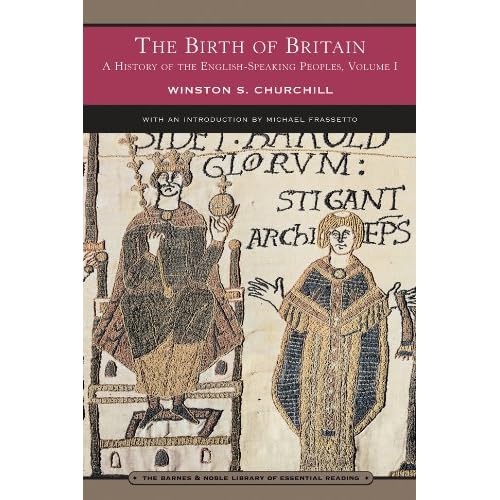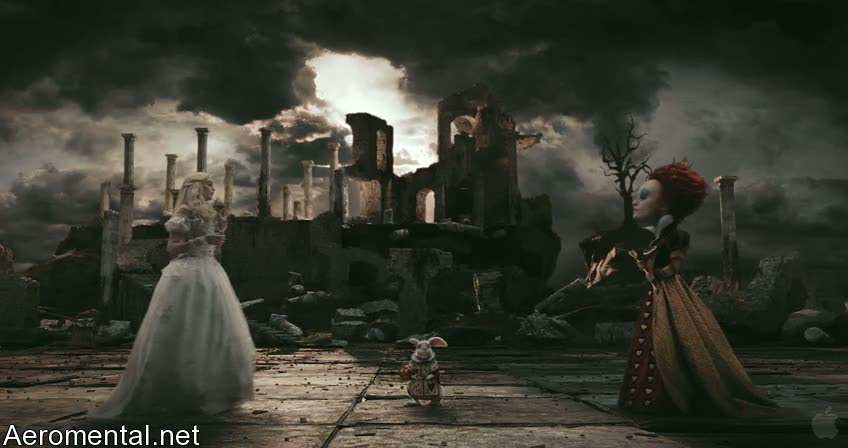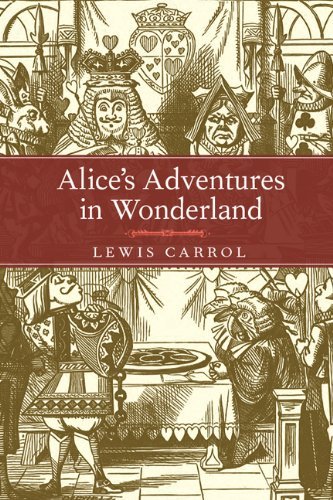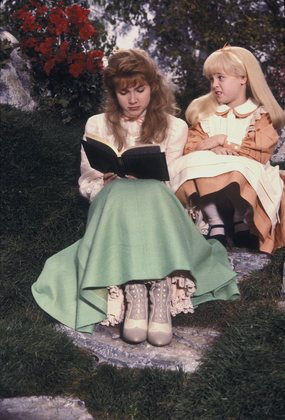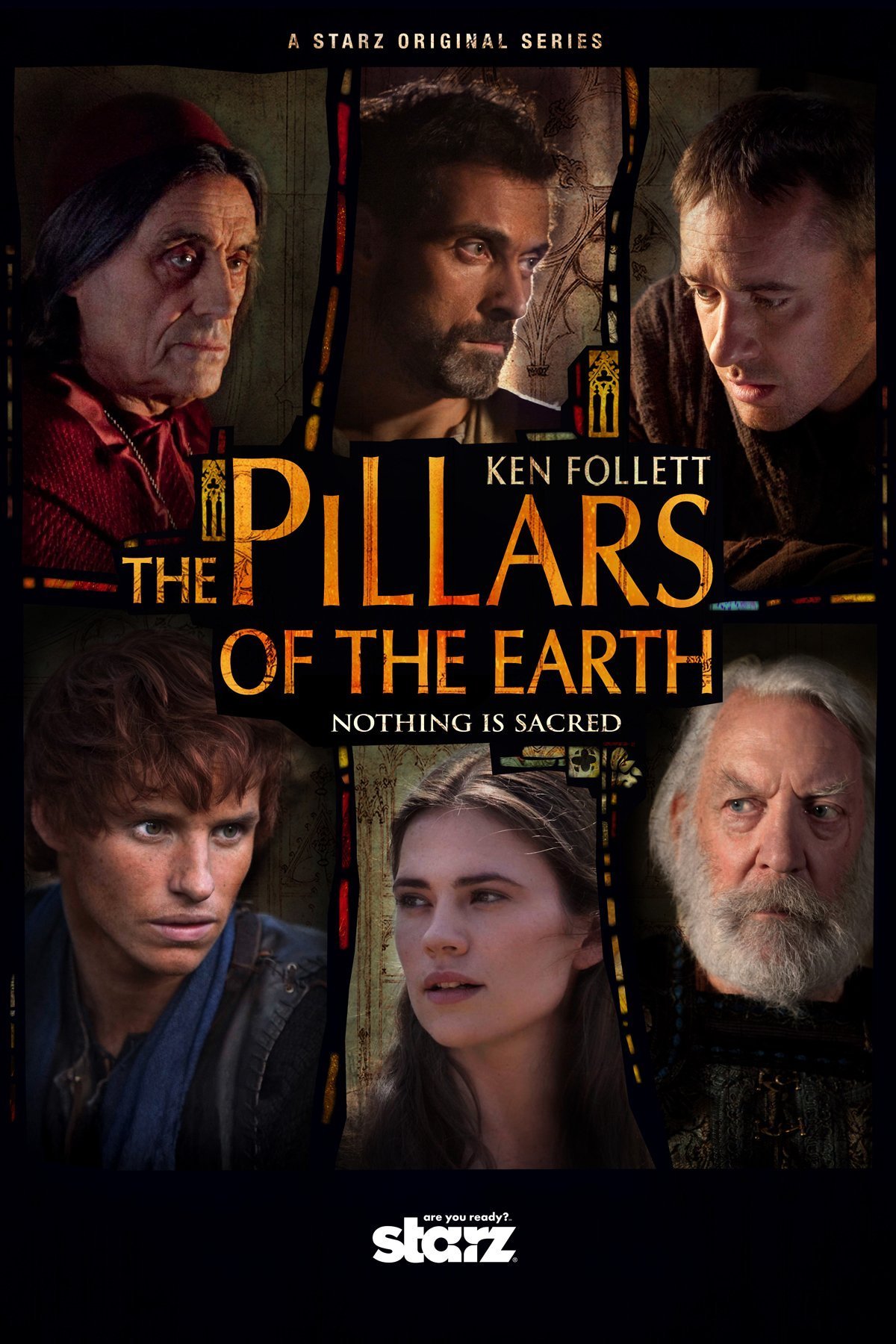I spent so much time in February reading historical non-fiction, I didn't even notice we were getting to the end of the (already short) month. Fortunately, I finished up Churchill and Alison Weir, so I was able to pick up a few fun, short pieces, and I've picked up the slack in February. I'm not going to meet my goal of 10 books for the month, but I managed six, and two of those were extremely long, so I don't feel bad. Unless I finish my current read tonight (unlikely, considering I'm going to be at work until 5:30 PM), my count at the end of February will be 18 books of 100. Not shabby.
Today I'll review a book that I've planned on reading many times, but just picked up recently free for Kindle: The Man Who Would Be King by Rudyard Kipling.
We visited my in-laws in Massachusetts this weekend, and I started (and finished) this book en route back to CT. It's a short book, and a quick read. The story is told in the first person, by an unnamed narrator (presumably Kipling), who is an Englishman living and working in India. One evening, he is visited by a former acquaintance, English soldier Peachey Taliaferro Carnahan, and his friend, Daniel Dravot, who confide to the narrator that "India has become too small" for them, and that they plan on traveling to the most remote corners of the land, to the uncharted territory of Kafiristan, and once there, declare themselves kings of the native people. One year later, a bedraggled, broken Carnahan returns to the astounded narrator, and rambling, tells the tale of what happened to "Peachey" and "Danny" and their enterprises in Kafiristan.
This book was made into a film in 1975, starring Michael Caine as Peachy Carnahan, Sean Connery as Daniel Dravot, and Christopher Plummer as Rudyard Kipling, the narrator. As with Brokeback Mountain, a story of surprisingly brevity was lengthened into a two-hour-plus film -- but it's a great film, and one I definitely wouldn't mind reviewing for Film Friday, if I can get my hands on it. Although it deviates from the book, the changes aren't noticeable, and are merely "fleshing-out" of the story, rather than abrupt changes.
I first read Kipling as a child when my sister received a copy of Just So Stories from my grandfather -- which I very much recommend, if you haven't read them. Kipling is occasionally criticized for his use of imperialism and what is sometimes perceived as xenophobia or racism. But to do this is the same as calling Samuel Clemens a racist for writing The Adventures of Huckleberry Finn, or Margaret Mitchell a white supremecist for Gone with the Wind. Kipling is describing quite vividly the English empire in India and the line of public opinion during that era.
What I find remarkable about his writing in The Man Who Would Be King is that Kipling is able to take two men -- white men, chauvinists, convinced of their own superiority as Englishmen -- and yet make them tragic heroes, the instruments of their own demise. One cannot help but feel pity for Danny and Peachey, as they walk into a trap of their own making, constructed by their own sense of righteousness and self-satisfaction. Kipling may have lived in the thick of imperialist India, but it is quite obvious what his opinion of it was, and that he knew exactly what the consequences might be, in the end.
Rating: ****
Today I'll review a book that I've planned on reading many times, but just picked up recently free for Kindle: The Man Who Would Be King by Rudyard Kipling.
We visited my in-laws in Massachusetts this weekend, and I started (and finished) this book en route back to CT. It's a short book, and a quick read. The story is told in the first person, by an unnamed narrator (presumably Kipling), who is an Englishman living and working in India. One evening, he is visited by a former acquaintance, English soldier Peachey Taliaferro Carnahan, and his friend, Daniel Dravot, who confide to the narrator that "India has become too small" for them, and that they plan on traveling to the most remote corners of the land, to the uncharted territory of Kafiristan, and once there, declare themselves kings of the native people. One year later, a bedraggled, broken Carnahan returns to the astounded narrator, and rambling, tells the tale of what happened to "Peachey" and "Danny" and their enterprises in Kafiristan.
This book was made into a film in 1975, starring Michael Caine as Peachy Carnahan, Sean Connery as Daniel Dravot, and Christopher Plummer as Rudyard Kipling, the narrator. As with Brokeback Mountain, a story of surprisingly brevity was lengthened into a two-hour-plus film -- but it's a great film, and one I definitely wouldn't mind reviewing for Film Friday, if I can get my hands on it. Although it deviates from the book, the changes aren't noticeable, and are merely "fleshing-out" of the story, rather than abrupt changes.
I first read Kipling as a child when my sister received a copy of Just So Stories from my grandfather -- which I very much recommend, if you haven't read them. Kipling is occasionally criticized for his use of imperialism and what is sometimes perceived as xenophobia or racism. But to do this is the same as calling Samuel Clemens a racist for writing The Adventures of Huckleberry Finn, or Margaret Mitchell a white supremecist for Gone with the Wind. Kipling is describing quite vividly the English empire in India and the line of public opinion during that era.
What I find remarkable about his writing in The Man Who Would Be King is that Kipling is able to take two men -- white men, chauvinists, convinced of their own superiority as Englishmen -- and yet make them tragic heroes, the instruments of their own demise. One cannot help but feel pity for Danny and Peachey, as they walk into a trap of their own making, constructed by their own sense of righteousness and self-satisfaction. Kipling may have lived in the thick of imperialist India, but it is quite obvious what his opinion of it was, and that he knew exactly what the consequences might be, in the end.
Rating: ****


